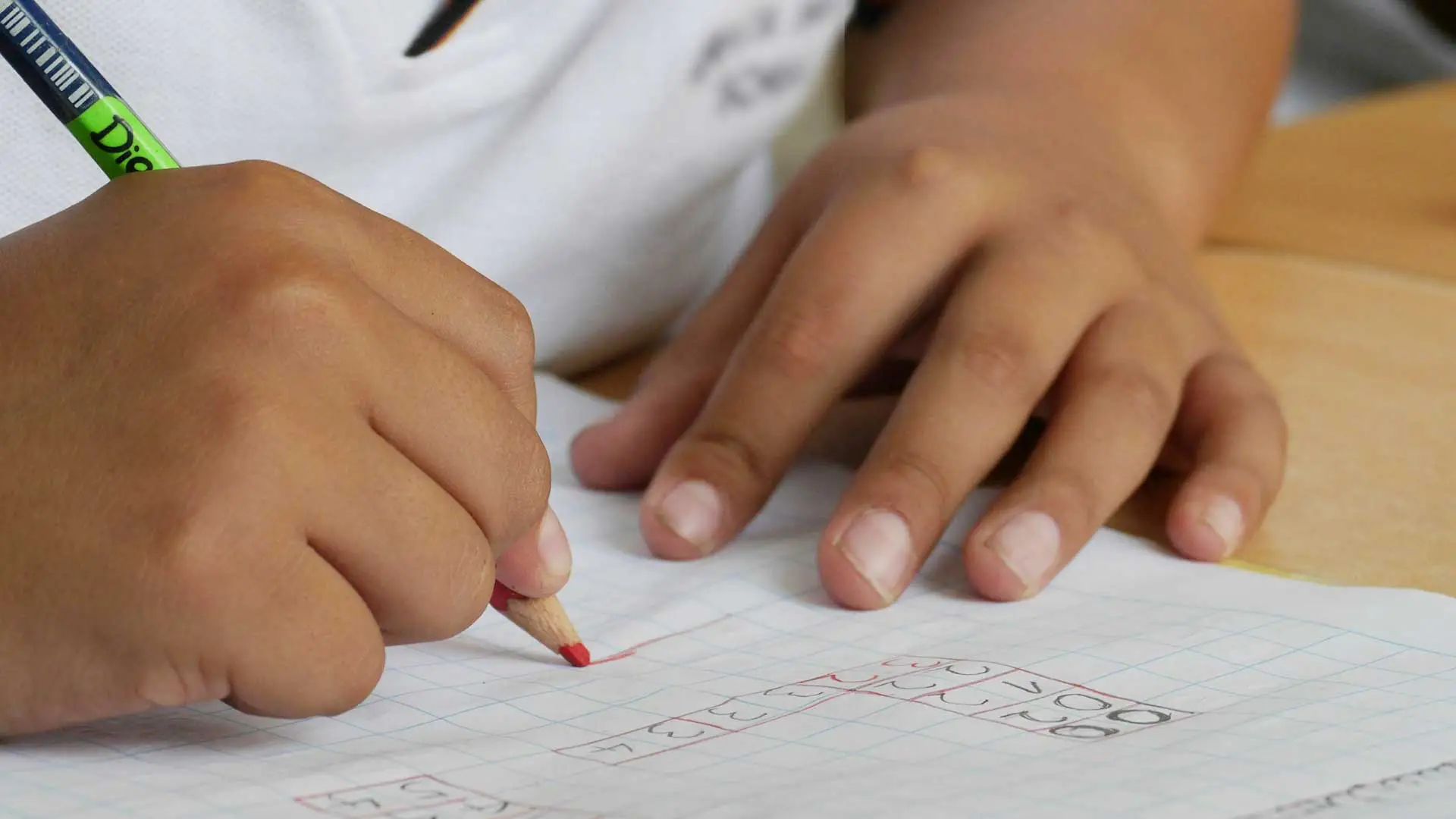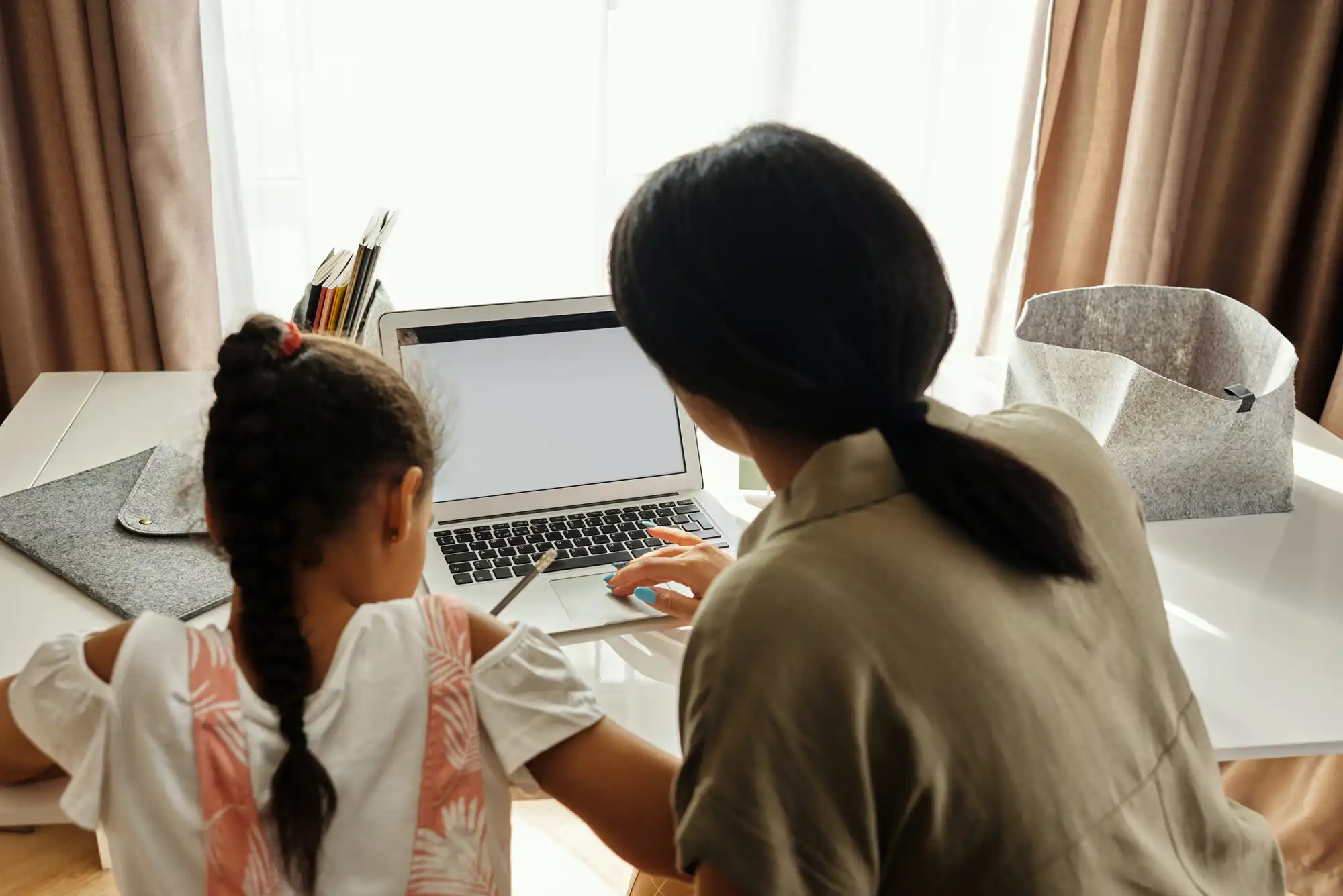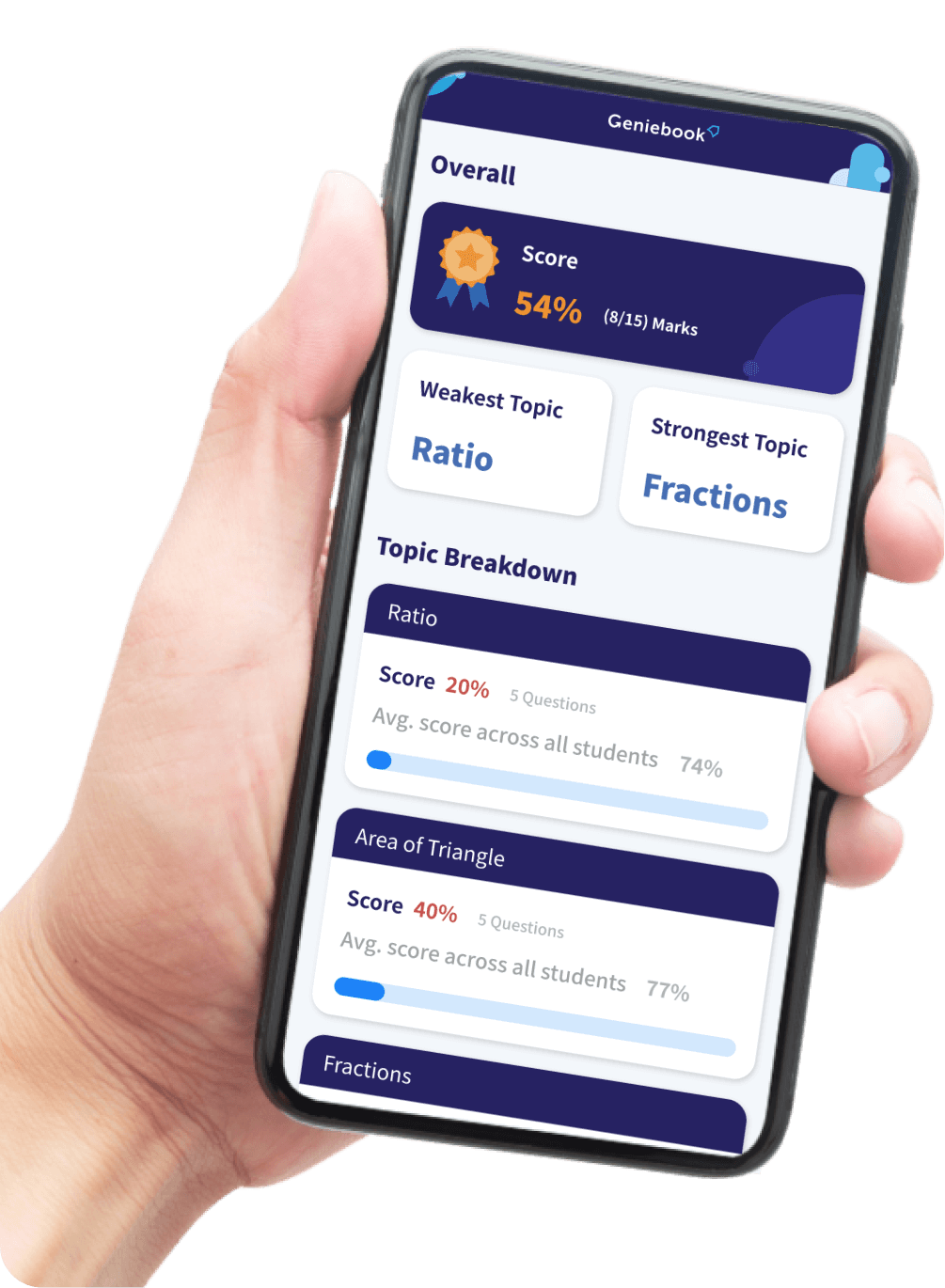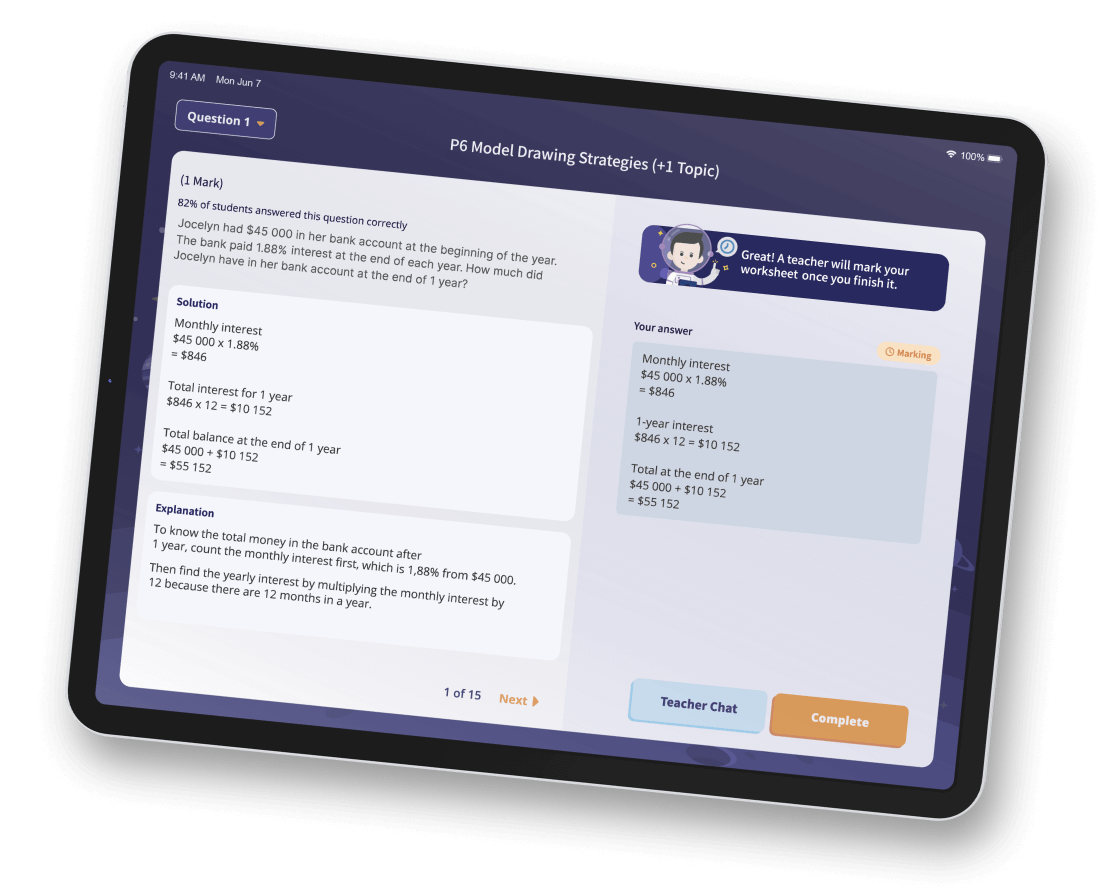Sit well, study better: How good ergonomics promote learning

Most guides about studying concern themselves with commonly discussed topics such as the best way to digest information, what to do to revise for subjects and tips on maintaining focus during study sessions. But what if we told you that you can help your child learn better simply by improving the way they sit at their study desk?
Ergonomics: The science of healthy working (and studying)
We usually hear about ergonomics in the context of the modern office - how they supposedly improve an employee’s performance by introducing well-designed furniture that promises a comfortable working environment.
It might sound like a whole lot of wishful thinking, but the truth is that it does work. And by applying the same principles to your child’s study area at home, it might promote better learning for them as well.
At its core, ergonomics is the science of optimising one’s furniture to promote healthy working environments. The reasoning is that if a person’s workspace is arranged in such a way to promote better health, it would also serve to boost their concentration, energy level and their productivity as a result.
Having ergonomic furniture helps in this regard by reducing stress and fatigue on the user’s body as they perform their task for long periods of time in a seated position. Think about the last time you sat in front of a computer for hours on end until a headache shows up.
Ever notice that it’s usually accompanied by a stiff neck and shoulders, with that fatigued feeling hanging over you? With an ergonomic chair and desk, you would have been able to go even longer before feeling as tired.
Not just for officer workers, but students too
The average student might be much younger than an office worker, but that doesn’t mean they can (or should) withstand more stress and fatigue while studying for hours in one place.
Sure, the lack of proper furniture might not deter them as much - the weekend crowd of students filling up cafes everywhere come to mind - but they would undoubtedly be more comfortable, energised and focused with a proper space to study.
Setting up an ergonomic study area for your child
So, just how should you ensure that your child enjoys an ergonomically-designed study experience? Your core objective should be to ensure that everything they might need for their study session is accessible at the perfect height. This minimises body movement, lessening the physical strain on their neck, shoulders, arms and wrists.
Here’s a few more tips to help you nail the perfect environment.
#1: Ensure that all books and papers are kept nearby and properly sorted. For example, notes and worksheets for English should be kept together, while those for other subjects should be placed apart. This minimises the need to dig through entire stacks to find the right document before settling down to study.
#2:When using laptops and tablets, try to adjust the screen so that it faces your child straight ahead while they are seated comfortably. A misaligned screen will cause strain on the neck, back and shoulders after some time, which would eventually lead to headaches if kept up for too long.
#3:Adjust your child’s chair and table height to the most ideal positions. Chairs should be adjusted in such a way that both of their feet are planted firmly on the floor (i.e. no tiptoeing if possible). Meanwhile, it’s equally important that the table is set low enough that your child can write or type comfortably.
#4: Invest in good ergonomic chairs and/or adjustable tables. These are becoming more common, but can be somewhat pricey still. They are entirely optional to have - some would think of them as luxuries, but a good set of furniture can do wonders for productivity.
#5: Make your own comfort. If you’re looking for a quicker, cheaper way to enhance your child’s current seating option, it’s worth thinking about adding cushions for extra padding and to support the lower back.
#6: You may also consider getting a footrest for your child if their table is much too high. That way, they will be able to continue using it comfortably without straining their legs too much.
#7: Lastly, consider adding a textured mat to rest their feet. It can prove to be quite therapeutic, making them more comfortable and able to study productively for longer periods of time.
It’s not often that ergonomics is considered when planning a conducive learning environment for your child, but as we’ve covered in this article, the benefits gained from these little details may just be the thing to help your child study better as a result. Try experimenting and see if it helps!


 SG
SG  VN
VN 


















